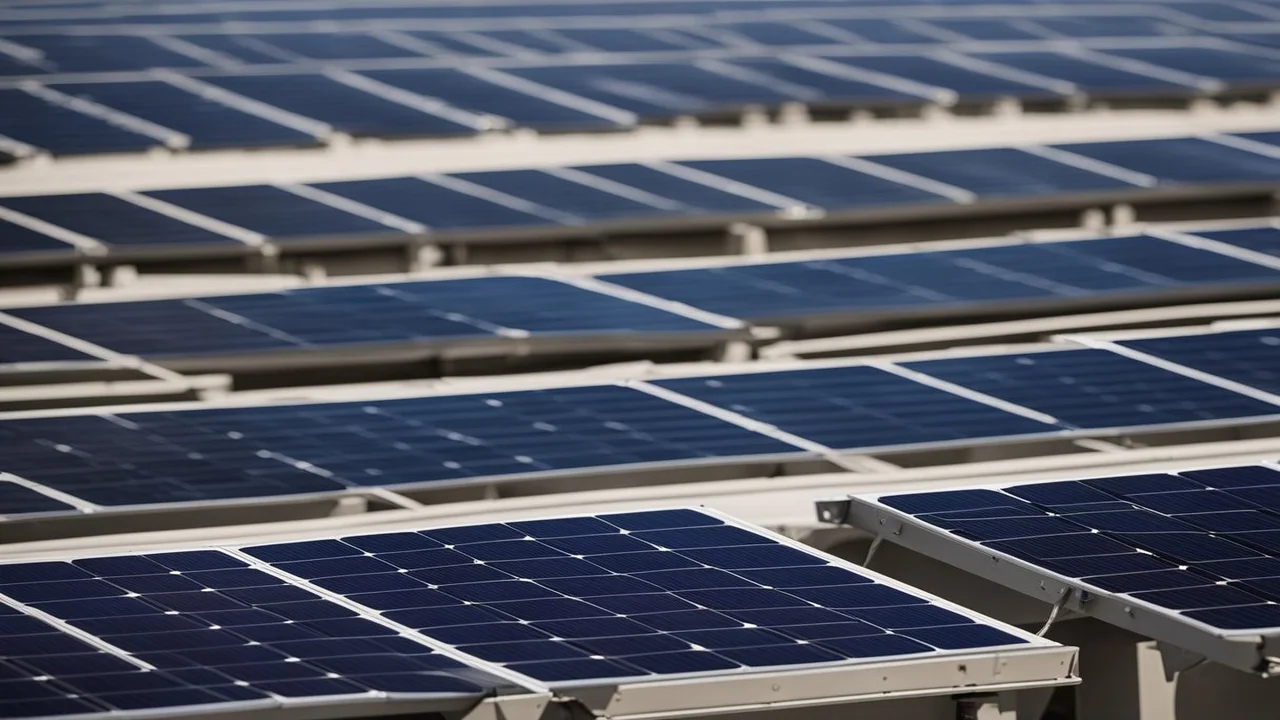What Is Best For Your Farm’s Barn Structure?
When most people think of a barn on a farm, they picture the traditional wooden barn. It is usually two storeys high, and usually has sliding doors too, with a bit of hay strewn around it.
This is a lovely image, but, as with most wooden buildings that will face harsh weather conditions, maintaining such a large structure can be time-consuming and even costly for farmers.
So, if you are looking for a barn for your farm, it is worth looking at both timber and steel options before buying. What are the pros and cons of both? Read on to find out.
Timber Barns
Most people who have farms with outhouses and buildings will have a timber barn.
They tend to be cheaper, have better aesthetic appeal (very important if your farm is open to the public), and, of course, they are less of a hassle to put up if you get them delivered to your land in parts. If you need to make adjustments, it is easy to do, as you can cut and drill the wood with basic tools to add hooks, shelves, or even add another door. For barns that will be used as roaming space for livestock like chickens, or even as a stable for horses, wood is a natural insulator and can help to regulate the temperature for animals, as well as other items.
A concern that will likely arise with a timber barn is its maintenance. Wood is naturally susceptible to rot and insect damage from termites. Additionally, if you live in a humid or wet climate, it is prone to warping and bending. The maintenance and potential repairs over time can often outweigh the initial cost of the barn, and, if you live in an area where there are wildfires, there is also the fire risk.
Luckily, you can get wooden barns for lower costs, with lower maintenance needs. Just look for pole barn builders who have expertise in creating structures made from recycled materials, with minimal long-term maintenance requirements.
Steel Barns
Associated with a more modern look, steel barns have found their way onto the farmyard over the last few decades, and it is easy to see why.
They are naturally resistant to rot, insects, and fire, and will last longer with minimal degradation. Their maintenance is minimal too, as the painted or coated steel can go for decades without needing to be painted or requiring any major repair.
Steel barns are also weather-resistant and can be put up quickly. Due to the hard nature of steel, these barns also require minimal internal structural support, so they tend to have more internal space. Perfect if you are looking for a space to keep horses.
There are, of course, some downsides to steel barns. Unlike wood, steel is not a good insulator. Thus, if you are planning to keep animals in a steel barn, you will likely have the additional cost of insulation or heating to keep the space at a comfortable temperature. They also tend to have poorer insulation, which means that they can accumulate condensation, which can damage dry goods or even cause respiratory issues for livestock like horses or chickens.
As steel barns are also rarer than timber ones, they tend to have a higher upfront cost, which can be a steep curve for smaller farms that do not have a lot of revenue.
So, choose a barn for your farm that fits your budget, and, most importantly, choose a barn that adds value to your land via reliable storage space or animal housing.

Doris Pollard, a mesmerizing wordsmith and experienced blogger, crafts narratives that carry readers into unexplored realms. Infused with insightful perspectives and vibrant storytelling, Doris’s mastery of language captivates both hearts and minds, making an enduring impression on the literary landscape.


Alright, 6886winbet, let’s give it a shot! Heard some buzz, gonna see what the fuss is about. Fingers crossed! Check it out here: 6886winbet